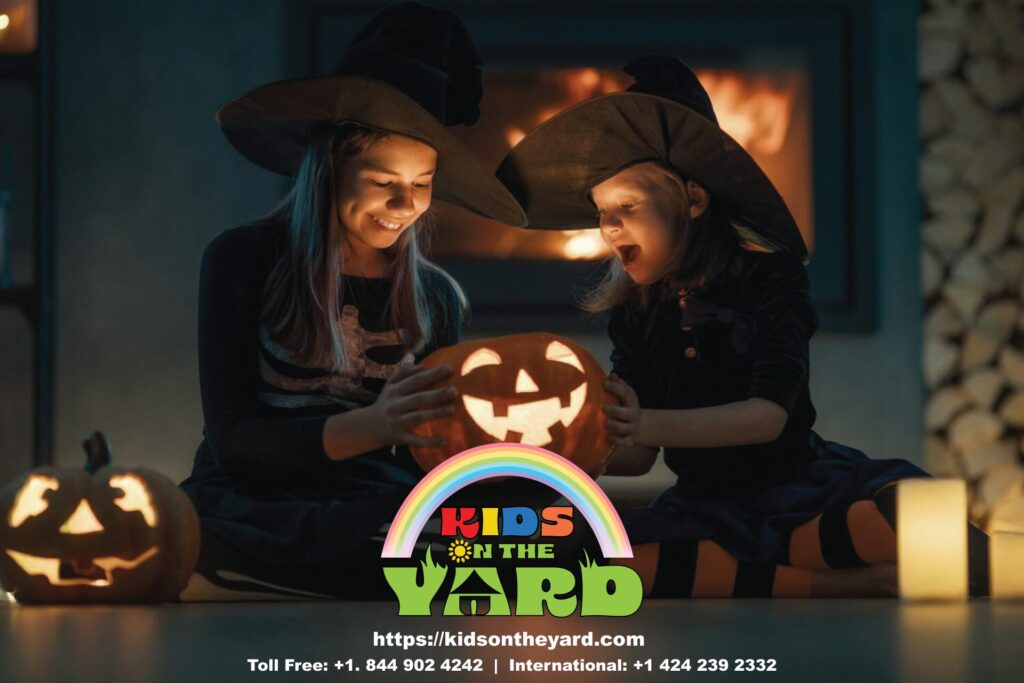Halloween Symbols and Their Historical Origins: A Guide to Spooky Traditions

Background of Halloween Symbols
Halloween has a rich history spanning centuries and cultures. Originating from ancient Celtic traditions, it has evolved through various influences to become the holiday we recognize today. From its roots in Samhain to modern-day celebrations, Halloween's journey blends historical events and cultural adaptations. Since then, many Halloween symbols and representations have emerged in the modern day, from being shed throughout daily conversation topics and woven deep into literature.
History of Halloween
Halloween originates from the Celtic festival of Samhain, celebrated around 2,000 years ago in what is now Ireland, the United Kingdom, and northern France. Samhain marked the end of the harvest season and the onset of winter, believed to be a time when the boundary between the living and the dead blurred.
The Celts celebrated Samhain with bonfires, animal sacrifices, and costumes to ward off spirits. As the Roman Empire spread, Roman festivals such as Feralia and Pomona merged with Celtic traditions. The introduction of Christianity brought further changes, with Pope Gregory III moving All Saints' Day to November 1 in the 8th century, aligning it with Samhain. The evening before became All Hallows' Eve, eventually shortened to Halloween.
Halloween symbols have deep historical context. Turnip lanterns, carved to scare away spirits, evolved into the American tradition of carving pumpkins. "Trick-or-treating" has roots in the medieval practice of "souling," where the poor would beg for food and pray for the dead in return.
Irish and Scottish immigrants brought Halloween traditions to America during the 19th century. Over time, it became a community-centered holiday with parades, parties, and widespread trick-or-treating. The holiday transformed from a spiritual and superstitious event into a more secular and commercial occasion, reflecting broader societal changes.
Key Symbols of Halloween
- Jack-o'-lanterns: Originating from the Irish myth of "Stingy Jack," these are iconic Halloween symbols. Irish immigrants in America adopted pumpkins for carving, as they were more readily available than turnips. Today, carving pumpkins is a popular family and community activity.
- Ghosts: Represent the ancient belief that spirits could walk among the living during Samhain. In modern times, they appear in decorations, costumes, and haunted attractions, contributing to Halloween's eerie ambiance.
- Witches: With their pointed hats, broomsticks, and cauldrons, witches are significant Halloween figures. Once feared and persecuted, the image of the witch has softened into a staple of Halloween fun, both spooky and whimsical.
- Bats: Associated with darkness and mystery, bats are linked to Halloween due to their nocturnal nature and connection to vampire lore. Their tendency to roost in places perceived as spooky makes them ideal symbols of the holiday.
These symbols, with their historical and cultural significance, represent the essence of Halloween, connecting ancient traditions with contemporary celebrations.

Cultural Influences on Halloween
Various cultures have adapted and influenced Halloween over the centuries. Mexico's Día de los Muertos, celebrated from October 31 to November 2, honors deceased loved ones with altars, marigold flowers, and offerings. While distinct from Halloween, elements like sugar skulls and colorful costumes have influenced Halloween décor and fashion.
European countries like Spain and Italy observe All Saints' Day and All Souls' Day, emphasizing remembrance through church services, cemetery visits, and candle vigils. These practices share the theme of connecting with spirits of the past, blending reverence with Halloween's playful aspects.
Asian influences include Japan's Obon Festival, a Buddhist celebration honoring ancestral spirits. While Halloween in Japan has become more commercial, featuring costume events and parties, the underlying cultural respect for ancestors remains a subtle influence.
Americanization has transformed Halloween into a global commercial event, popularizing customs like trick-or-treating, costume parties, and haunted houses worldwide. Countries like Canada, Australia, and parts of Europe have adopted American-style celebrations, blending them with local traditions.
"The cultural influences on Halloween reflect a mix of global practices and beliefs, contributing to a holiday that is both deeply historical and continually evolving."
Halloween's appeal lies in its blend of ancient traditions and contemporary celebrations. As we participate in Halloween activities, we connect with our past while enjoying creative expression and community fun.
- Rogers N. Halloween: From Pagan Ritual to Party Night. Oxford University Press; 2002.
- Santino J. Halloween and Other Festivals of Death and Life. University of Tennessee Press; 1994.
- Morton L. Trick or Treat: A History of Halloween. Reaktion Books; 2012.


